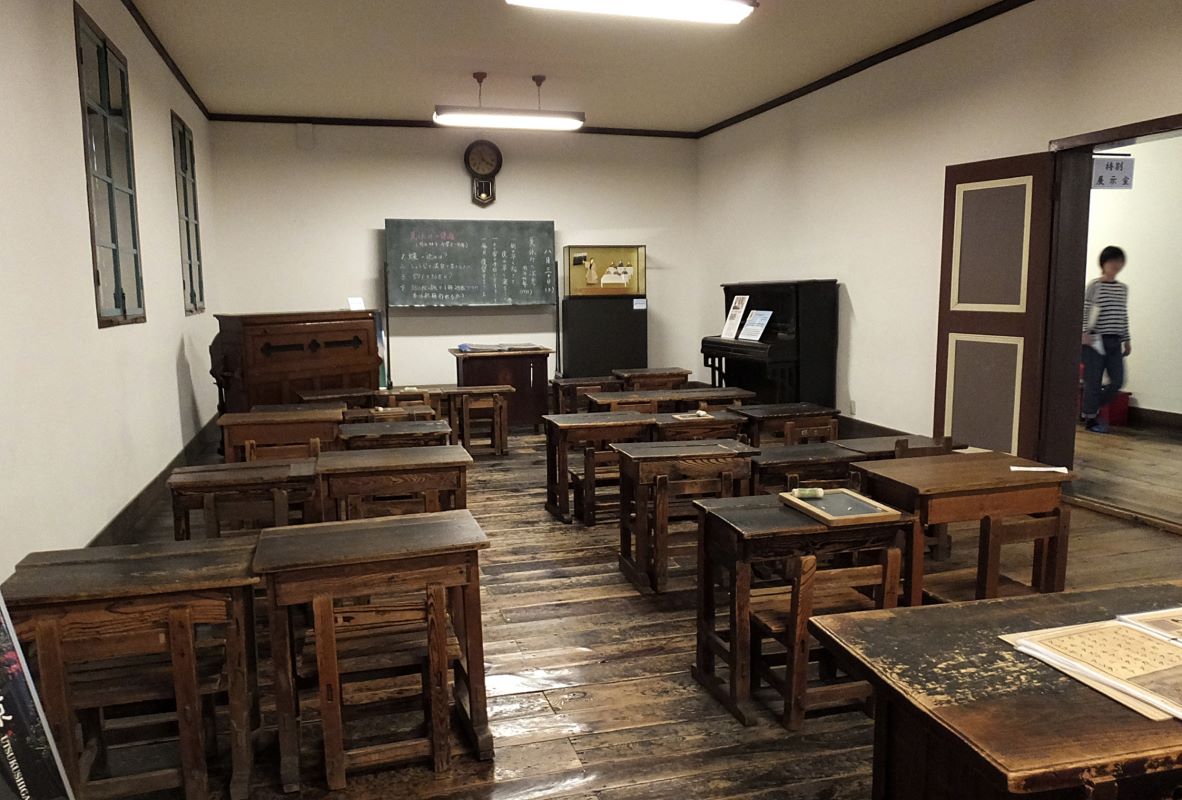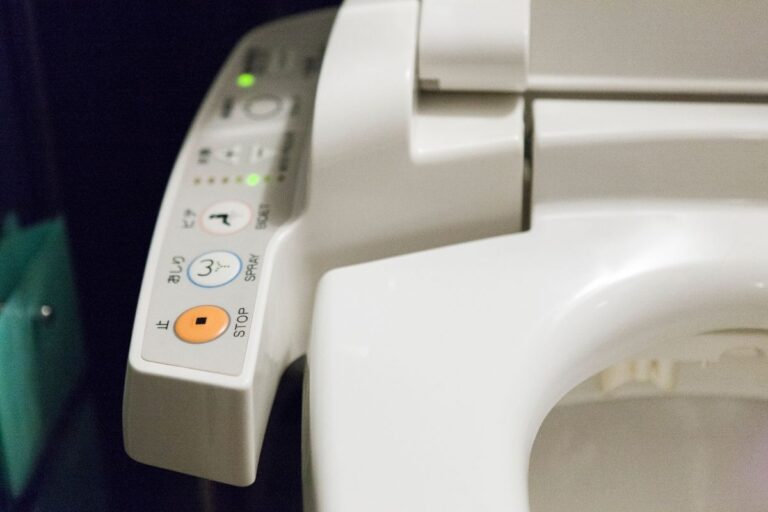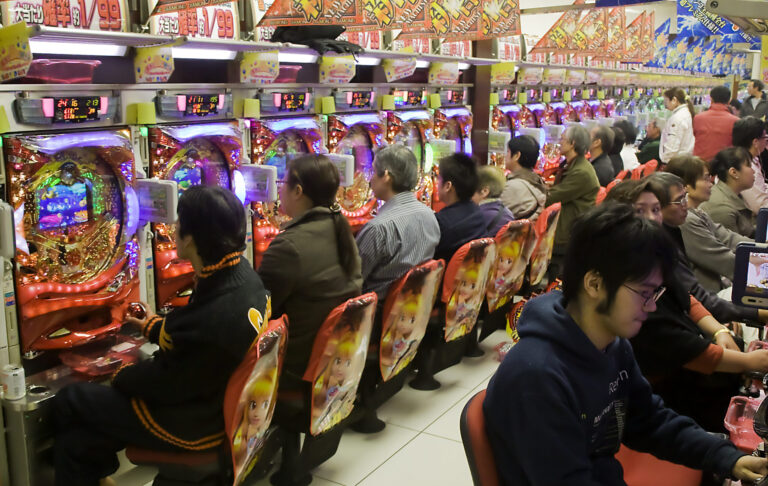This week we’re taking a look at the Japanese school life. Look for Parts 2 and 3 later this week!
So you’ve finished all your back-to-school shopping and just entered a new grade at school. The flowers are blooming and it’s finally spring. Think I’m mixing up with spring with fall? Not in Japan.
The Japanese school year begins in early April, after students have had only one week of vacation from school. The school year is year-long, ending in late March. Japanese students do have a number of holidays off from school each year, including a few week-long vacations, particularly around Golden Week in May (more on that later in the month) and New Year’s. Their summer vacation is the longest of all of their vacation periods—but they usually only have about a month off from late July to late August, not the 3 months we’re used to in the West. Plus, their summer vacation occurs in the midst of the school year, so they have plenty of homework to do during their time off and return to school to continue in the same grade they were in before they left.
American students attend an average of 180 to 190 days of school per year, but Japanese students spend about 240 days each year at school. It was only in 2002 that the Japanese government introduced the yutori kyouiku (“relaxed education”) policy that no longer required students at public schools to attend school for half days on Saturday. The required Saturday school days were progressively relaxed since the 1970s (schools closed one to two Saturdays a month) in response to overly stressed students, overworked teachers and higher costs. However, some Japanese people believe the total cancellation of Saturday classes has led to a decline in academic performance. Nevertheless, it may reduce some of the risk of overworked students bullying other students or committing suicide, both of which have long been concerns of the Japanese public. (Later this week, we’ll talk more about what makes Japanese students so stressed.)
Japanese schooling is divided into the following:
- Pre-school/Kindergarten: These are private schools, as attendance is actually not required by the Japanese government. Parents can choose to educate their children at home at this age if they wish.
- Elementary school: Grades 1 through 6. This is the start of the compulsory education.
- Middle school: Grades 7 through 9. Middle school is a part of compulsory education.
- High school: Grades 10 through 12. High school is actually optional, although most students do choose to go on to high school. However, they can choose to move onto careers or technical schools instead if they wish. This mostly happens in more rural areas, where students join parents’ businesses or becomes farmers or fishers.
Do you think education in other countries should be compulsory only through 9th grade? (It’s compulsory until the student turns age 18 in the US.) Why or why not? Would you like a 5 ½ day school week? Do you think it’s a good idea for students to have shorter summer breaks?
No related posts.
Tags: classrooms, education, japan, japanese culture, japanese customs, japanese school year, japanese schools, japanese students, student life




